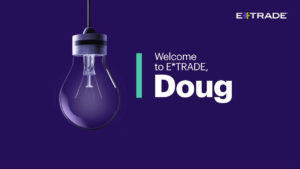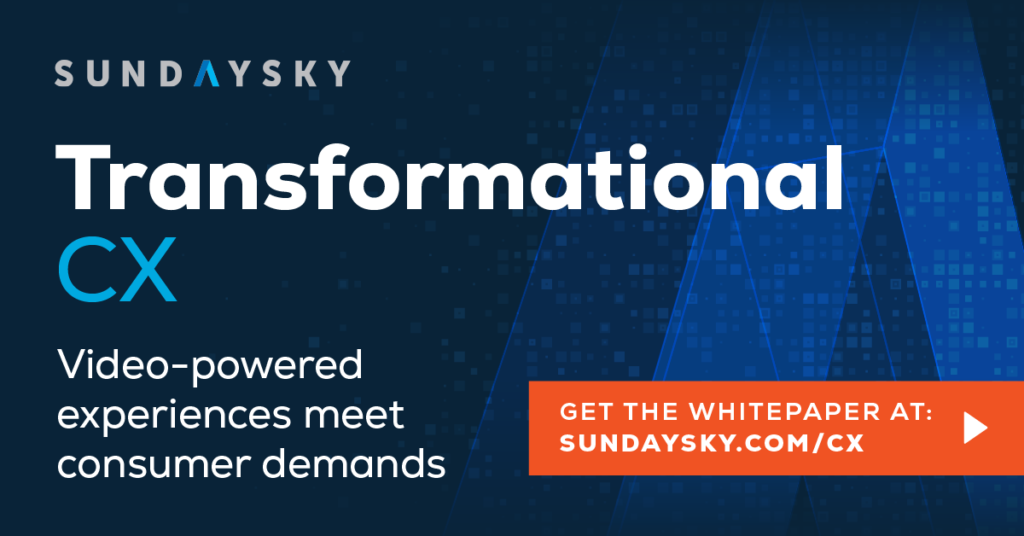As the customer experience (CX) landscape expands, businesses quickly learn unique ways to support customers’ needs for quality and convenience. Customers want a product or service that satisfies or exceeds expectations as efficiently as possible. They also expect exceptional problem-solving support and the ability to make changes as their needs and wants evolve.
It’s critical to ensure customers are well-aware of the full value of the products and services they’ve purchased and the tools available to them. Therefore, customer education is a must for today’s businesses.
What Is Customer Education?
Customer education is the information a company provides to prospective and established customers to help them make well-informed decisions, helping them become high-value customers to the business. It’s a process of communicating a knowledge base that begins with onboarding and continues throughout the customer journey and brand relationship, providing value along the way.
A comprehensive customer education strategy can’t rely on manuals and support forums. It must include personalized information to guide customers and resonate relevance. Essentially, customer education is a complete how-to guide that answers customers’ questions from the beginning of the relationship.
Why is customer education important? In a Salesforce survey of 8,000 consumers worldwide, more than half (54%) of people who responded felt companies needed to transform customer engagement. Additionally, 73% said that when one company provides an extraordinary experience, the expectation is that other companies must meet or exceed that experience.
Customers need more hands-on experiences with businesses, directly affecting expectations when choosing to be a customer.
Why Create A Customer Education Strategy?
With a strategic customer education program, customers can easily recognize the full value — and justify associated costs — of your business. Customer education proactively provides answers to most, if not all, questions they may have, creating an informed and ideal customer and a positive experience. Welcoming, educating, and onboarding customers is vital for customer (and brand) success; it allows you to grow the relationship and retain your best customers.
- Enhances the customer experience: Every customer wants to feel they’re receiving personalized attention. With a well-designed customer education program, you can ensure a consistent customer experience that is easily measurable, seamless across digital channels, and scalable across infinite products and topics.
- Improves brand impact and customer loyalty: The more customers understand your brand, the greater its perceived value. Brand impact means a customer is less likely to shop around for an alternative. Further, customer education allows you to strengthen the relationship from brand awareness to advocacy — and word-of-mouth recommendations attract new customers to your brand.
- Reduces the number of support inquiries and related costs: A successful customer education program results in better-informed customers. Customer-facing employees don’t have to work through emails, phone calls, and social media direct messages about basic questions. They can focus on answering more detailed customer questions. Employees feel more productive, and the company can quickly gauge customer pain points or gaps in customer education.
Customer education also leads to a reduction in support inquiries and the associated cost savings. Adequately staffing a call center can cost thousands of dollars, depending on how many call agents are needed. It costs about $1 per minute for an average call center to service a customer on the phone. When you add agents to the payroll, costs add up considerably in a year.
- Increases utilization or adoption of digital tools and value-added services: Building a better customer onboarding workflow will help increase retention as customers are well-informed and eager to be set up for success. A customer is most engaged and looking to learn during onboarding – it’s the perfect time to drive them to adopt the tools and services you as a brand know will make them an ideal customer.

For example, E*TRADE uses customer education to onboard customers on important considerations they’ll need on their investment journey, including why and how to fund their account. After the onboarding process, customer education continues to support customers with timely, informative updates so they’ll stay engaged.
- Increases customer retention rates: Customers want to be taken seriously. When a customer is educated and informed, they’ll better understand the value in the product and brand. They’ll be less likely to churn and more likely to buy into more services or renew established services when the time comes. Bank of America’s customer education includes customer transparency and personalized information at targeted moments when customers may need that attention. Through this, Bank of America’s customers recognize the value of support and deepen their banking relationship.
- Boosts Net Promoter Score (NPS): A robust customer education program can directly affect your NPS. Your NPS measures customers’ willingness to recommend your company’s products or services to others. The better the customer experience, the higher the NPS. Also, regularly tracking NPS allows you to spot improvement needs quickly and mitigate adverse effects more easily. 1-800 Contacts strives to make the customer experience robust through video education and a full range of customer support. Through their efforts, 1-800 Contacts retains a high NPS in the 80s, and customers use their services efficiently and effectively.
How to Create a Customer Education Program That Enhances CX
There are a few aspects to consider when developing a customer education program strategy. The key is to focus on knowledge that proactively provides value to your customers and answers common questions that are typically top inbound call drivers to your contact center.
- Understand your customer: Forming a customer education strategy requires digging deep to understand your customer. This process includes determining what they want from your services/products, identifying what frustrates them, finding pain points on their customer journey, and diagnosing what their unspoken needs might be.
- What education is currently provided? Consider the education you currently provide customers. Do you have dedicated customer support teams and digital tools to properly onboard new customers and support long-term customers? What channels are you using to enhance customer experience? Do you send printed manuals, offer interactive guides, deliver support documents, online chat options, or use videos to engage customers?
- Assess gaps and support inquiries: You’ll start to see patterns emerge from your research, including educational gaps in your customers’ journey that need to be filled or improved. Use these patterns to understand the areas covered well and the areas that require improvement. Use your current support and education channels to assess what problems people are experiencing the most.
Leveraging Video-Powered Experiences to Overhaul Your Education Strategy
Personalized video experiences improve customer education because of their ease and accessibility. Video-powered experiences (VX) can profoundly impact a customer education strategy. This is at the heart of SundaySky’s interactive video experience platform.
When you’re fixing something around the house, do you pull out the user manual, or do you search YouTube for your answer? Visual and verbal learning offers fast delivery and can be more informative than online reading materials or multi-page documentation. Video experiences provide flexible and customized solutions for addressing business goals, communication channels, and available data. Key examples of how you can use video to help reduce confusion for customers include:
- Use customer onboarding as a starting point to deliver an impactful VX strategy because newer customers appreciate learning your business’s value from the beginning of their relationship. It’s the opportune time to influence the desired customer behaviors.
- Leverage your customer data platform (CDP) and customer relationship management (CRM) to provide data-rich and highly personalized engagement videos that customers will appreciate.
- Utilize algorithms to bring back (retarget) previous customers and find new ones (prospects) by offering targeted and dynamic educational video content.
- Create an interactive video experience with real-time video that drives engagement while collecting customer data if that data doesn’t exist yet.
SundaySky’s innovative tools, industry solutions, and expertise allow marketers, CX professionals, and advertisers to define, build, deploy, measure, and optimize VX across customer journeys for maximum impact. See more in the blog article four ways brands use video to improve customer engagement and education, or download our whitepaper Transformational CX: Video-Powered Experiences Meet Consumers’ Demands.








